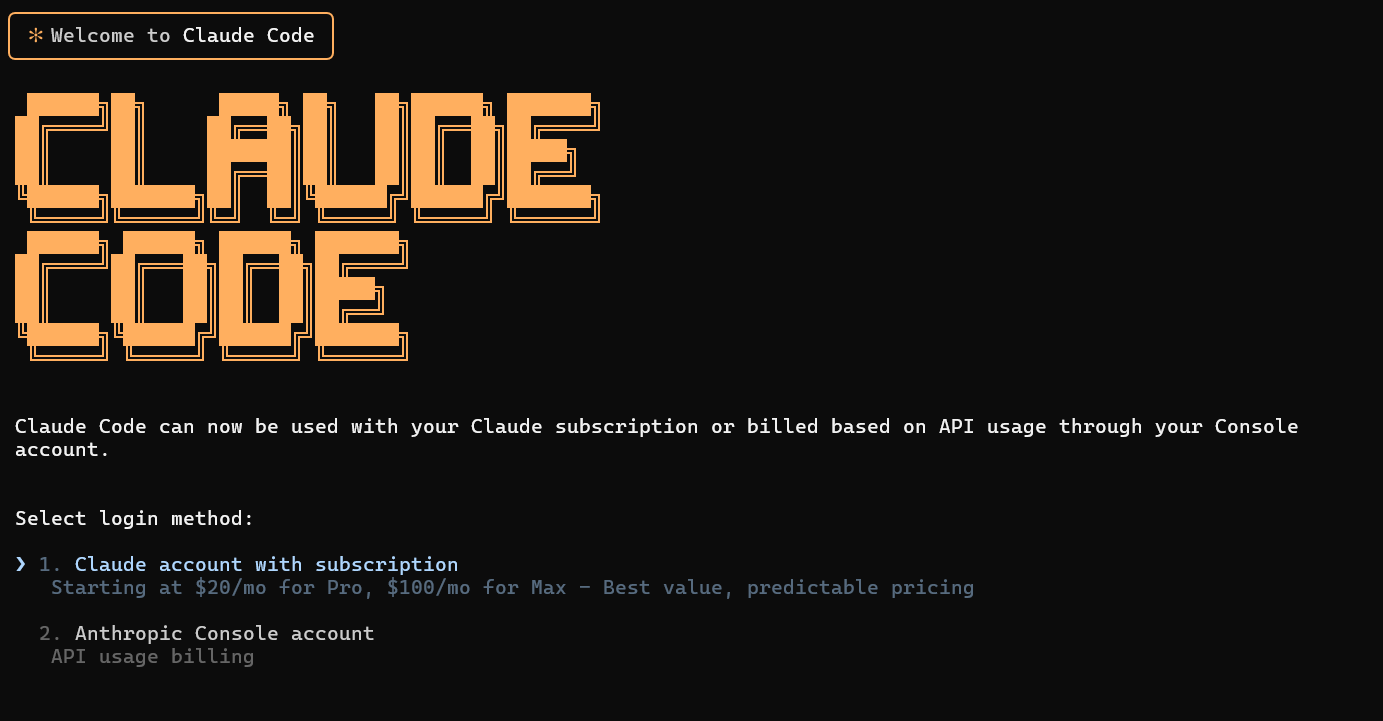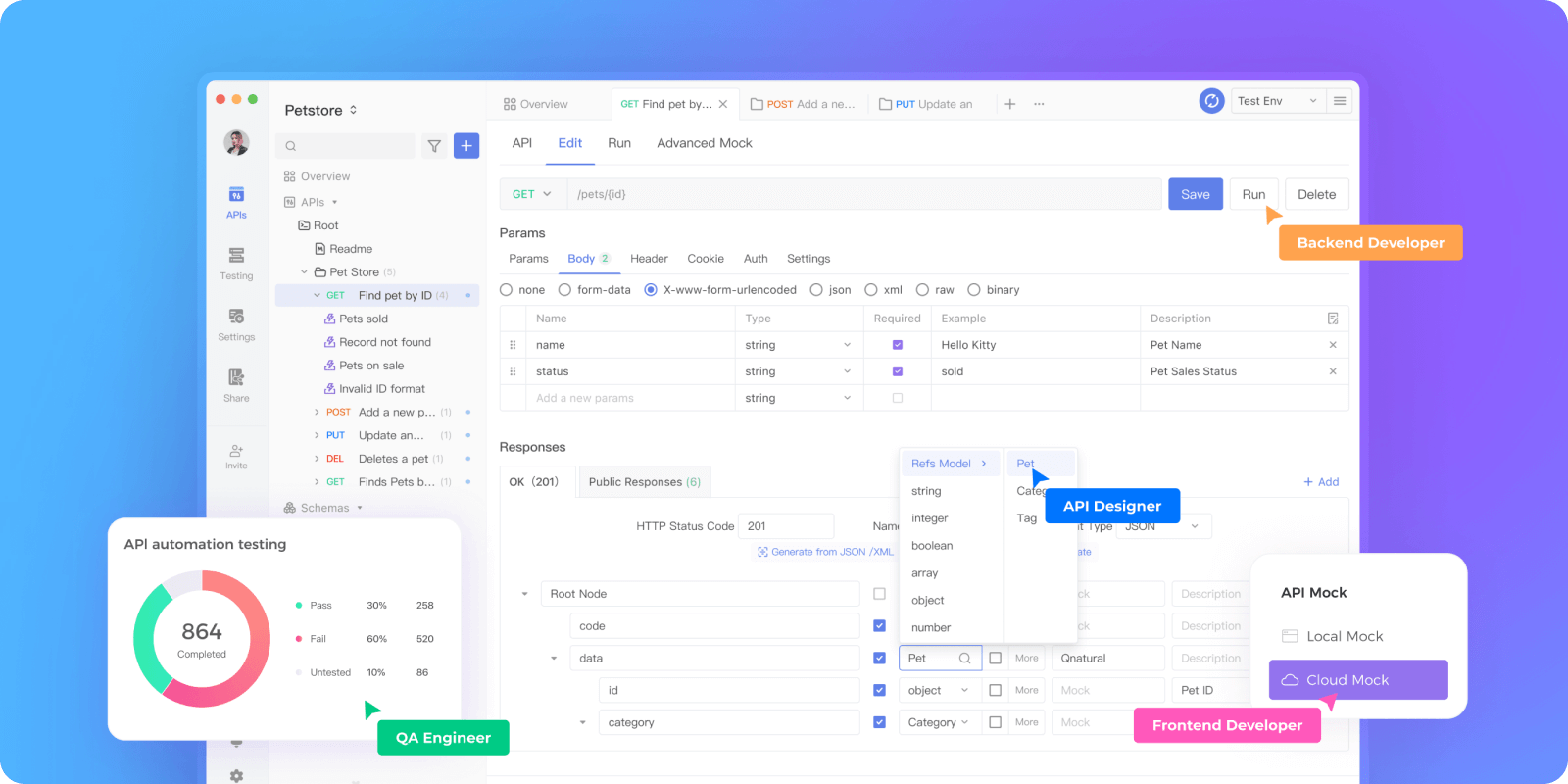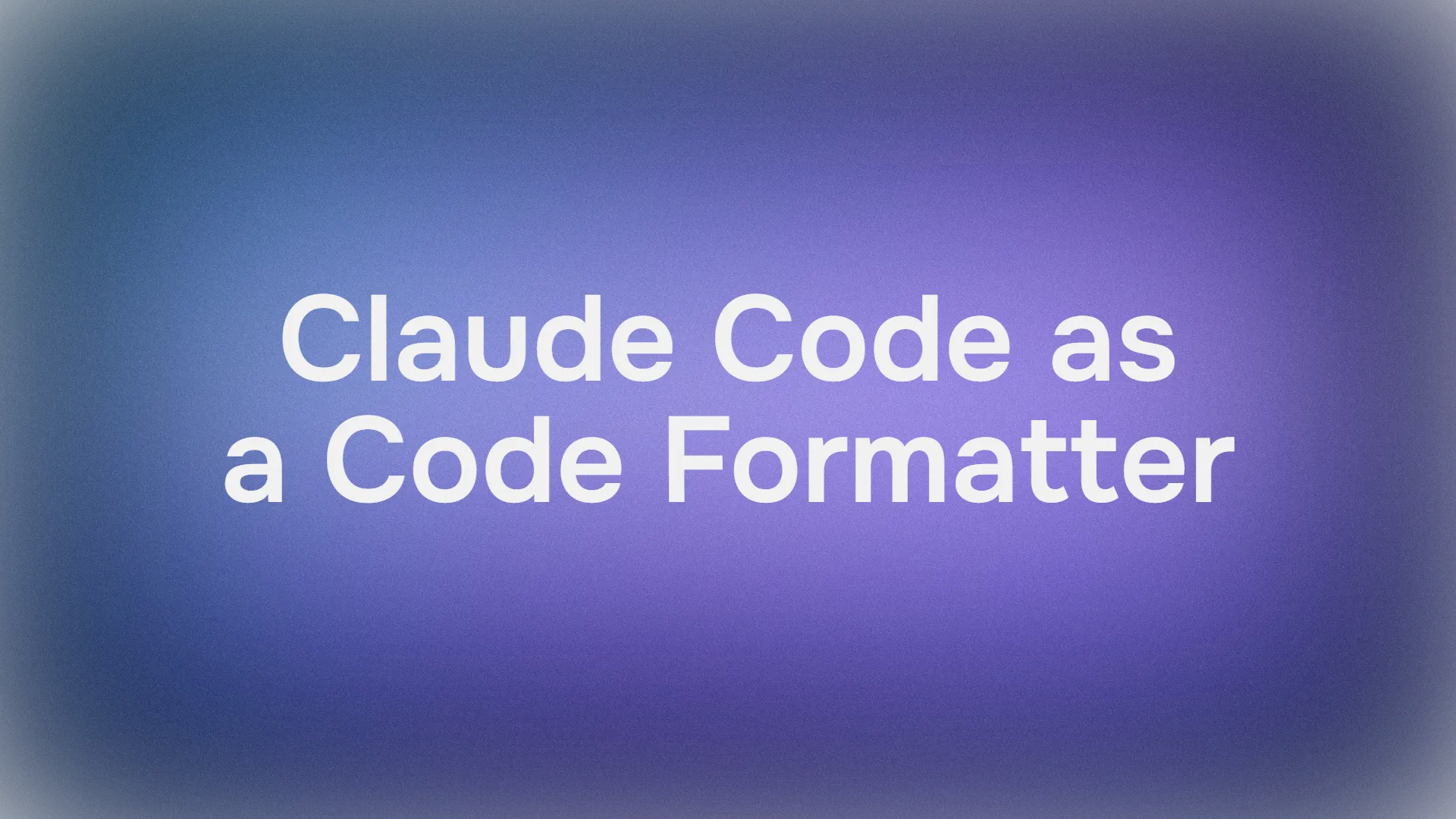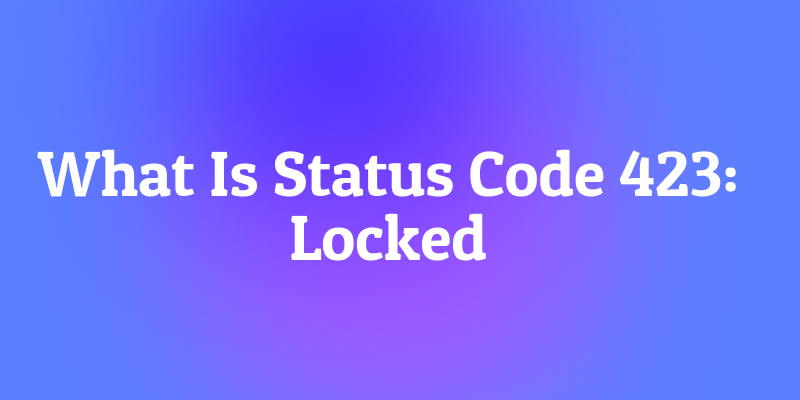Today in the world of software development, maintaining clean and consistent code is essential for readability and collaboration. Tools like linters and formatters have long been staples, but what if your AI assistant could handle this task dynamically, adapting to your style preferences across languages? Enter Claude Code, Anthropic's versatile terminal-based coding companion, which can serve as an intelligent code formatter. By leveraging its natural language understanding, Claude Code goes beyond rigid rules, interpreting your intent to refine code while preserving functionality. Whether you're wrangling messy HTML, untangling JavaScript, structuring Java classes, or polishing Python scripts, using Claude Code as a code formatter streamlines your workflow without installing additional plugins. In this guide, we'll explore how to harness this capability, complete with practical examples and prompts. As development demands grow in 2025, discovering Claude Code as a code formatter could transform how you approach code maintenance.
Want an integrated, All-in-One platform for your Developer Team to work together with maximum productivity?
Apidog delivers all your demands, and replaces Postman at a much more affordable price!
Why Claude Code Makes an Excellent Code Formatter
Traditional code formatters like Prettier or Black enforce predefined styles, which can sometimes clash with team conventions or project-specific needs. Claude Code, however, offers flexibility through conversational prompts, allowing you to specify nuances like indentation levels or naming conventions. This makes it particularly useful for multilingual projects, where a single tool handles HTML for frontend, JavaScript for interactivity, Java for backend logic, and Python for data processing.
The advantages are clear: It's integrated into your terminal, requiring no extra setup beyond Claude Code itself (install via npm). It provides explanations alongside formatted output, aiding learning, and supports iterative refinements—ask it to "reformat with camelCase variables," and it adjusts accordingly. For developers juggling multiple languages, Claude Code as a code formatter ensures consistency without context-switching between tools. In benchmarks from recent developer surveys, AI-assisted formatting reduced review cycles by up to 30%, highlighting its efficiency in collaborative or solo environments.

Getting Started with Claude Code as Your Code Formatter
To begin using Claude Code as a code formatter, ensure it's installed globally (npm install -g @anthropic-ai/claude-code) and launch it in your project directory with claude. This initializes a session where you can paste code snippets directly. For best results, provide context: Mention the language, desired style (e.g., PEP 8 for Python), and any custom rules.
The process is simple: Copy unformatted code into the prompt, describe the formatting needs, and let Claude generate the refined version. It handles syntax preservation automatically, outputting the code block ready for copy-paste. This approach shines for quick fixes during sprints or refactoring sessions, turning chaotic scripts into polished assets.
Formatting HTML with Claude Code
HTML often accumulates inline styles and mismatched tags, leading to bloated files. As a code formatter, Claude Code excels at reorganizing structure, adding proper indentation, and suggesting semantic improvements.
Consider this unformatted HTML snippet for a simple webpage:
<div><h1>Welcome</h1><p>This is a paragraph with some text that runs on without breaks.</p><ul><li>Item 1</li><li>Item 2</li><li>Item 3</li></ul></div><script>alert('Hello');</script>
A effective prompt might be: "Format this HTML code with proper indentation, semantic tags where appropriate, and ensure all elements are closed correctly. Use 2-space indents and add alt attributes to any images if needed."
Claude Code would respond with:
<div>
<h1>Welcome</h1>
<p>This is a paragraph with some text that runs on without breaks.</p>
<ul>
<li>Item 1</li>
<li>Item 2</li>
<li>Item 3</li>
</ul>
</div>
<script>
alert('Hello');
</script>
This transformation adds readability, nests elements logically, and indents consistently—hallmarks of a reliable code formatter. For larger files, upload via Claude's file handling for comprehensive passes.
Refining JavaScript with Claude Code
JavaScript's flexibility can lead to inconsistent spacing, unused variables, and chained methods without breaks. Claude Code as a code formatter identifies these while suggesting optimizations.
Take this jumbled function:
function calculateTotal(items){let total=0;for(let i=0;i<items.length;i++){total+=items[i].price*items[i].quantity;}return total;}const products=[{name:"Laptop",price:999,quantity:1},{name:"Mouse",price:25,quantity:2}];console.log(calculateTotal(products));
Prompt: "Reformat this JavaScript code following ES6 standards: Use const/let appropriately, add line breaks for readability, include comments for the loop, and ensure consistent spacing. Aim for 4-space indentation."
The output becomes:
function calculateTotal(items) {
let total = 0;
// Iterate through items to sum price * quantity
for (let i = 0; i < items.length; i++) {
total += items[i].price * items[i].quantity;
}
return total;
}
const products = [
{ name: "Laptop", price: 999, quantity: 1 },
{ name: "Mouse", price: 25, quantity: 2 }
];
console.log(calculateTotal(products));
Here, Claude Code not only formats but enhances clarity with comments and array formatting, demonstrating its role as an adaptive code formatter.

Structuring Java Code with Claude Code
Java's verbosity demands strict conventions for classes and methods. Unformatted Java can obscure logic, but Claude Code streamlines this.
Example unformatted class:
public class UserService{private String name;public UserService(String n){name=n;}public String getName(){return name;}public void setName(String n){name=n;}}class Main{public static void main(String[] args){UserService user=new UserService("Alice");System.out.println(user.getName());}}
Prompt: "Format this Java code according to Oracle conventions: Proper class declarations, method spacing, Javadoc comments for public methods, and 4-space indents. Separate inner classes if needed."
Result:
public class UserService {
private String name;
public UserService(String n) {
name = n;
}
/**
* Retrieves the user's name.
* @return The name as a string.
*/
public String getName() {
return name;
}
/**
* Sets the user's name.
* @param n The new name.
*/
public void setName(String n) {
name = n;
}
}
class Main {
public static void main(String[] args) {
UserService user = new UserService("Alice");
System.out.println(user.getName());
}
}
Claude Code adds Javadoc and organizes structure, proving its utility as a code formatter for enterprise languages like Java.

Polishing Python Scripts with Claude Code
Python's emphasis on readability makes formatting crucial, yet indentation errors abound. Claude Code as a code formatter aligns with PEP 8 effortlessly.
Unformatted script:
def fibonacci(n):if n<=1:return n else:return fibonacci(n-1)+fibonacci(n-2)numbers=[0,1,2,3,5,8]for num in numbers:print(f"Fib({num})={fibonacci(num)}")
Prompt: "Format this Python code to PEP 8 standards: Use 4-space indents, add type hints if possible, include docstrings, and break long lines."
Output:
def fibonacci(n: int) -> int:
"""
Computes the nth Fibonacci number recursively.
Args:
n (int): The position in the Fibonacci sequence.
Returns:
int: The nth Fibonacci number.
"""
if n <= 1:
return n
else:
return fibonacci(n - 1) + fibonacci(n - 2)
numbers = [0, 1, 2, 3, 5, 8]
for num in numbers:
print(f"Fib({num}) = {fibonacci(num)}")
This includes docstrings and type hints, showcasing Claude Code's thoughtful formatting.

Enhancing Your Workflow with Apidog's AI Features
Complement Claude Code's formatting with Apidog's AI tools for streamlined API development. Key features include:
- AI API Designer: Converts prompts like "Build a JWT auth endpoint" into full OpenAPI specs with schemas and parameters, saving manual effort.
- AI Test Case Generator: Auto-creates test suites from endpoints, covering edge cases and assertions for quick, high-coverage validation.
- AI Documentation Assistant: Builds interactive docs from specs, adding examples and guides to keep portals current.
- Chat with AI: Enables in-app queries, e.g., "Optimize this endpoint," for seamless integration with formatted code.
Free tier available; premium adds advanced options. Ideal for faster, error-free API workflows.

Tips for Effective Use as a Code Formatter
To maximize Claude Code as a code formatter, provide detailed prompts: Specify standards (e.g., Airbnb for JS) and include project context. For batches, use file uploads. Iterate: Follow up with "Adjust indentation to tabs" for refinements. Combine with MCP servers for runtime checks post-formatting.

Conclusion: Elevate Your Code with Claude Code
Claude Code redefines the role of a code formatter, offering intelligent, language-agnostic refinement that adapts to your needs. From HTML's structure to Python's elegance, it ensures your code remains maintainable and professional. Experiment with these examples, and integrate it into your routine for sustained productivity gains.




